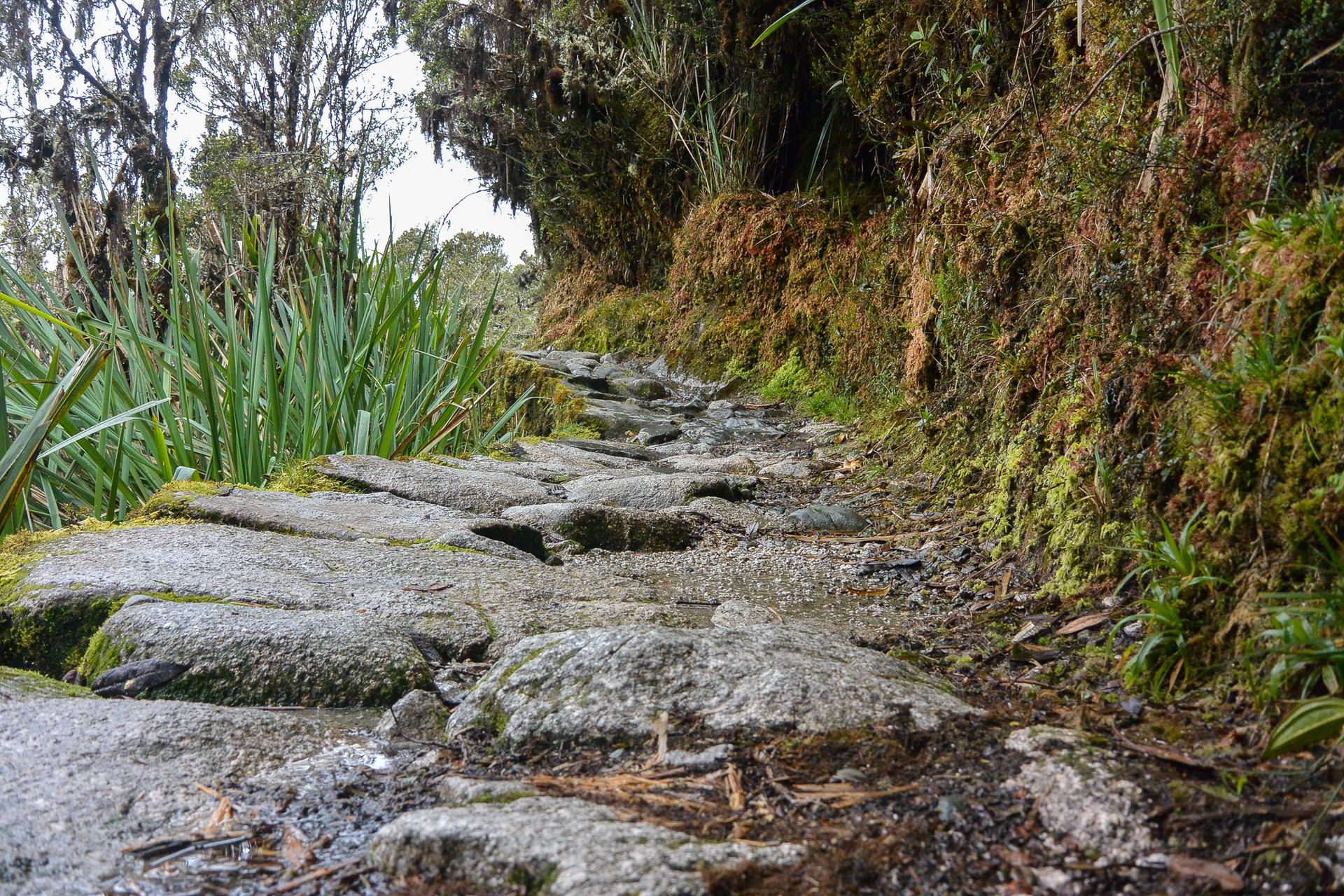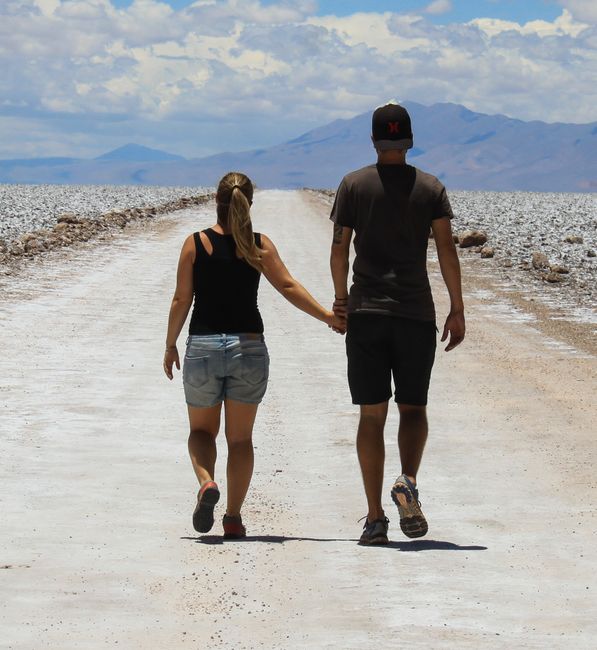Greetings Rapa Nui
प्रकाशित: 15.01.2019
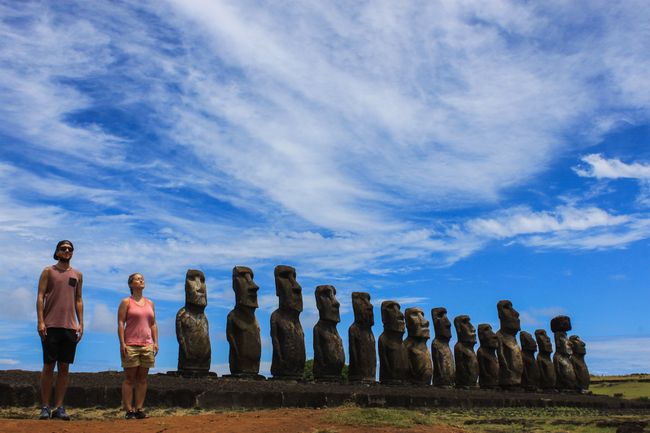
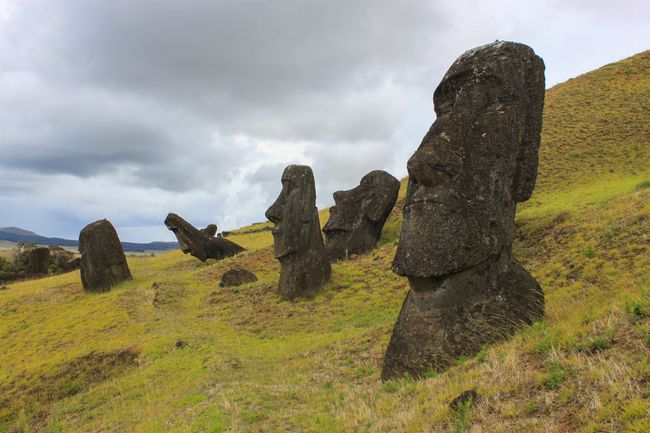
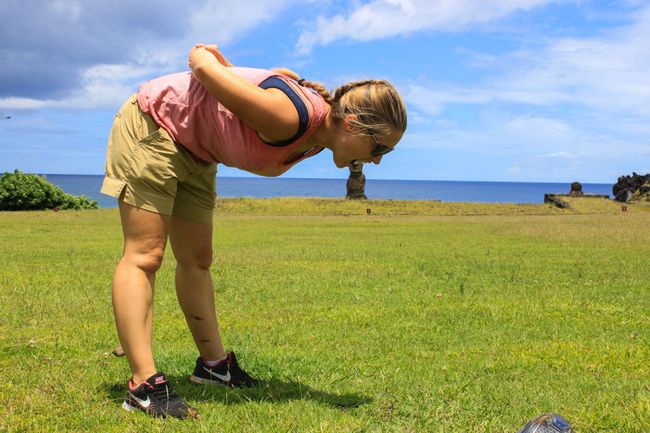
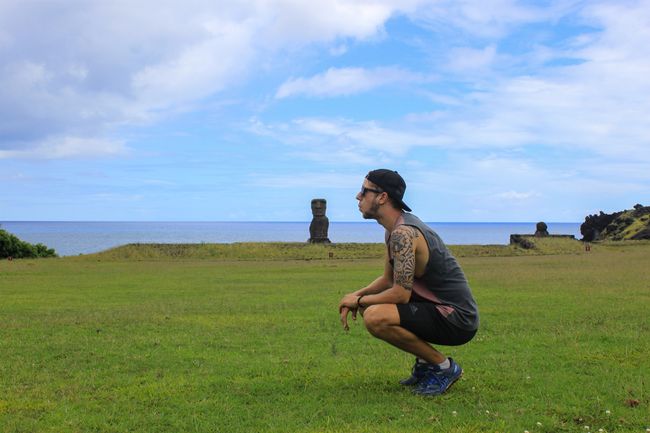
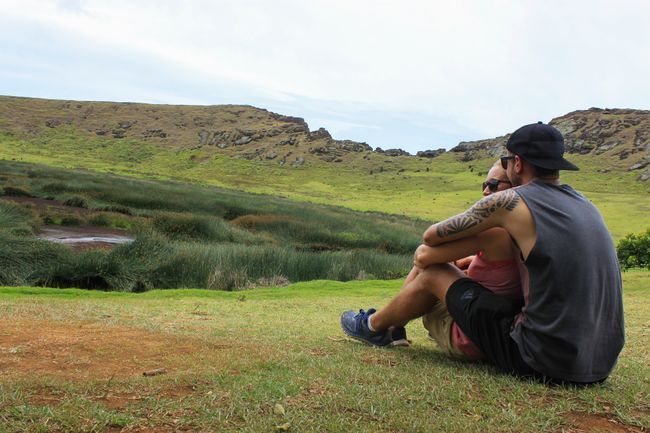
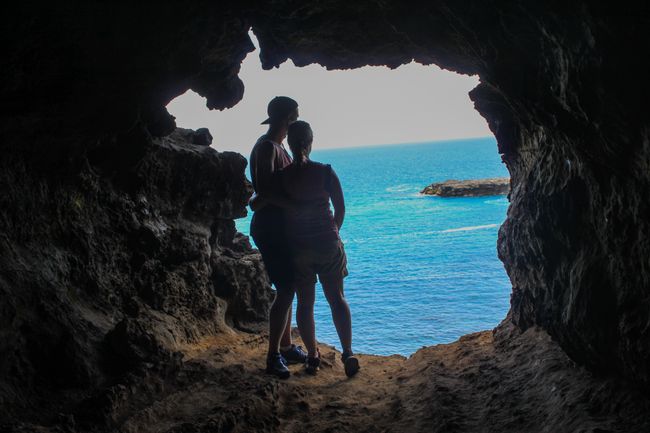
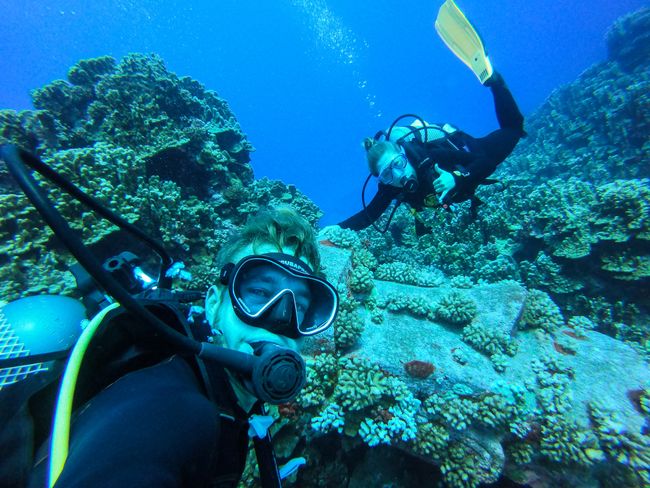
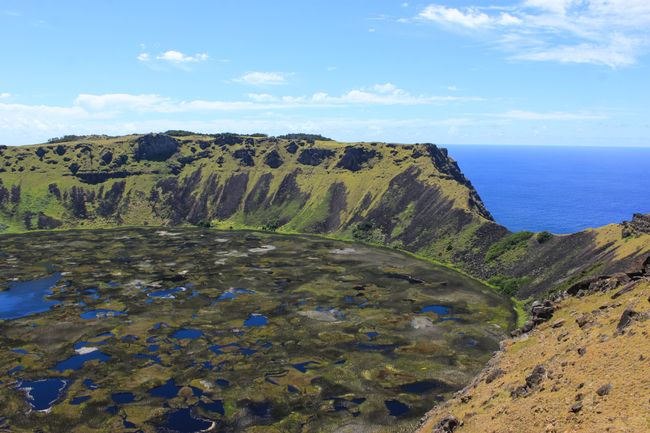
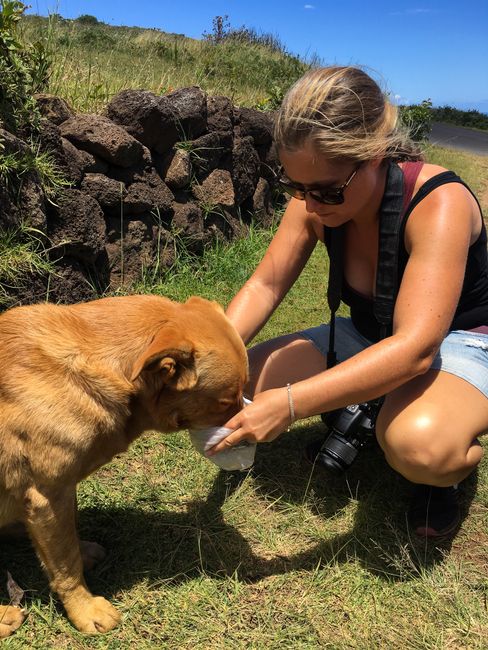
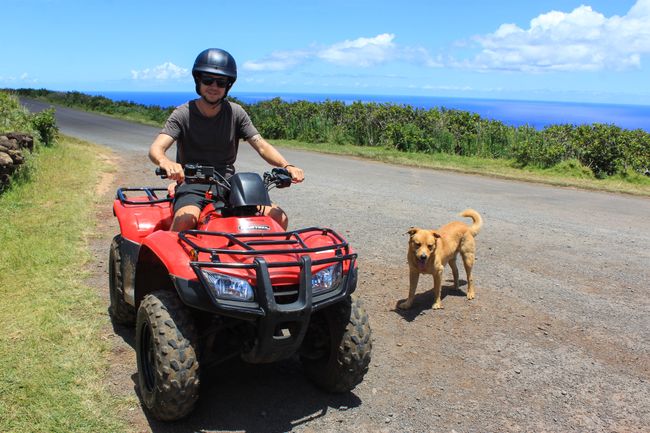
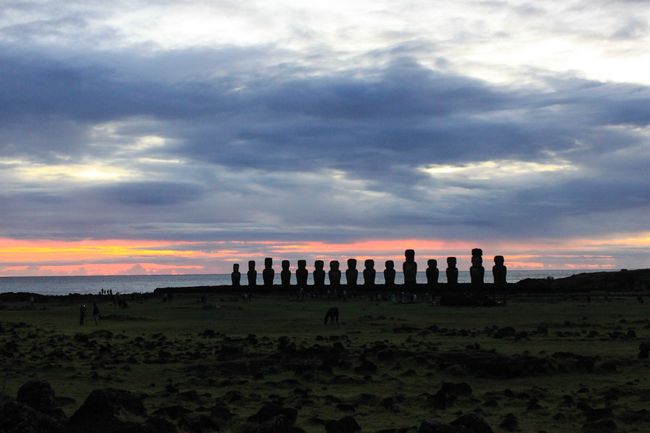
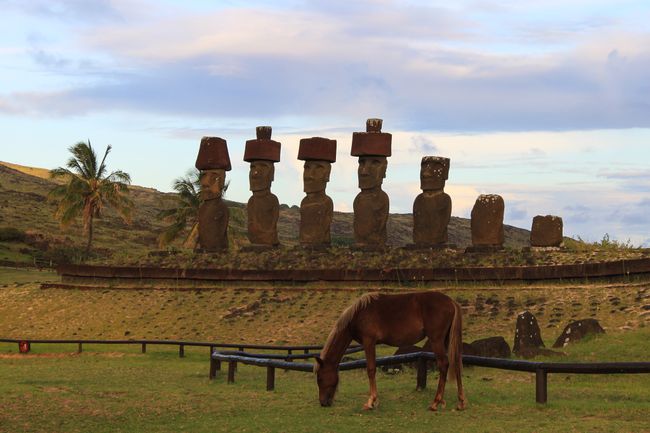
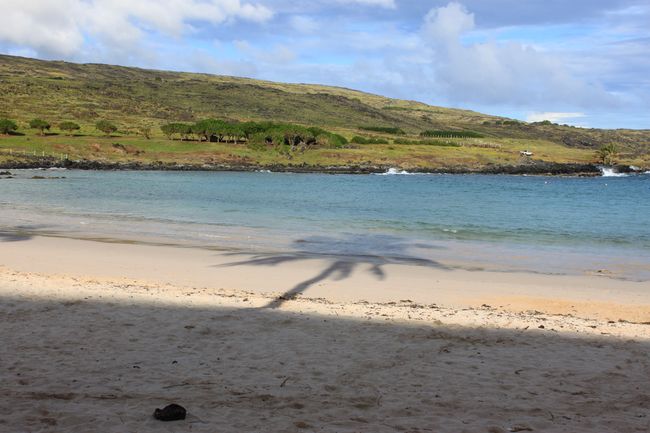
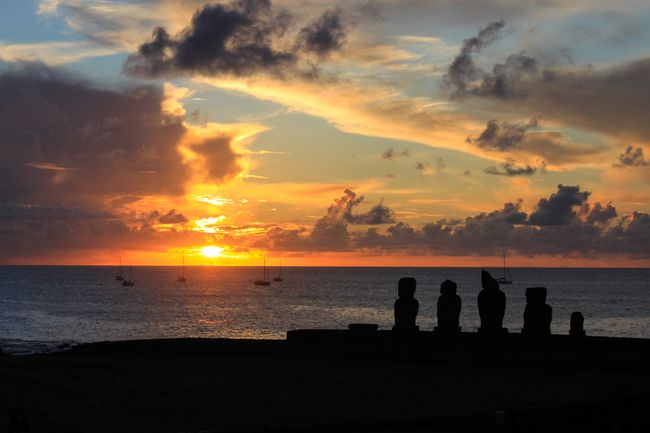
समाचारपत्रको सदस्यता लिनुहोस्
After a short stay in Santiago, where we spent a sociable evening with other traveling acquaintances of Mathias' brother, another island was waiting to be explored by us.
The Easter Islands are located west of South America and are one of the most isolated places on earth - belonging to Chile. It takes just under five hours to fly from Santiago and the Easter Islands can only be reached by plane from Tahiti. Coming here has been a thought of ours for a while now, so we have been keeping an eye on flight prices since November. And indeed, a bargain came up in mid-January. We are not paying more than 650 Swiss francs in total for the four flights (round trip for both of us) - and that with a one-week stay in between. This was compatible with our long-term budget and perfect for us. We would be happy to bring you closer to the Easter Islands adventure in a few short sections:
Culture
Anyone who knows the Easter Islands immediately envisions a Moai. These stone figures come from past Polynesian cultures that lived on the island and are located at ceremonial sites throughout the island. Visiting the different locations, learning about their cultural significance and history, and taking loads of great photos is of course part of the absolute must-do program. We decided against a guided tour as we can also get the information from information boards or the internet and be flexible to go at our own pace. With the entrance ticket for the national park (valid for 10 days), you have access everywhere. You can only visit two of the larger sites once within the 10 days, but this does not matter considering the variety of different places. You can visit all the others multiple times - which we did in one specific case. In mostly good weather, we visited the different sites on three different days and explored every corner of the island.
From sunrise to sunset
At the largest gathering - 15 re-erected Moais in a row - you can admire the sunrise under good conditions. We also did this - twice. The first time we were a bit short on time and chose a rather suboptimal spot - in addition, our scooter broke down just before we reached the destination, and the morning ended with us being picked up by the mechanic's pickup truck.
For the second attempt, we had a quad bike instead of a scooter and set off early in the morning again. In good time - even among the early birds - we secured a better spot and were able to enjoy the spectacle again (despite some clouds in the way).
Right next to the main town of the island - Hanga Roa - you can admire the sunset towards the west. We also did this twice - the first time we arrived later at the scene as well. The second time we took our time and, of course, made a great timelapse recording (visible in the video) with our GoPro.
Nature
Large parts of the volcanic islands are rather barren. The history tells of a flourishing island community that unfortunately deforested practically the entire island in the end. There are only a few native plants in certain places - for example, the palm forests typical of such an island are almost completely missing. The animal world is not very exotic. On land, there are many stray dogs - as there are everywhere in South America so far - as well as cows and horses. Most of the horses are branded somewhere, but they roam freely on the island and are therefore quasi wild.
In addition to a breathtakingly beautiful and rugged coastline with caves and a beautiful beach at the Moais of Anakena, the island has some hills and two larger volcanoes. Small lakes and moorland landscapes form in their craters, and a few of the native plants still grow here - protected from wind, humans, and animals. Although actually barren, the island is beautiful in our eyes. Of course, the endlessly blue sea also contributes to this.
Diving & Swimming
Naturally, we also looked out for diving opportunities and finally went into the water with Luis from Moana Nui after a few short conversations. We visited an underwater Moai (not a real one - a replica placed and left there for a film) on two dives off the coast of Hanga Roa and swam through huge labyrinths of hard corals. The Easter Islands have a rather limited underwater world to offer. Due to the isolation and currents, there is very little plankton here, which also means few fish. However, the visibility in the water is all the better, and on good days you can see up to 50 meters. Since it rained the previous night, our visibility was not as good - but it was still two great dives, and we also encountered some cool reef residents. In addition to many trumpet fish, we encountered moray eels, a scorpionfish, and smaller box and pufferfish.
The coastline directly in Hanga Roa is very suitable for swimming. There are several natural pools here that are protected from the surf by large rocks and are great for splashing around. Surfers, bodyboarders, stand-up paddlers, and kayakers can have their fun outside the protected natural pools - right in front of the gates of the main town and within view of the small restaurants on the shore.
And then there is of course Anakena Beach, which we mentioned before. Here you will find one of the last larger collections of palms that line the small bay with its white sandy beach. On the gently sloping lawn in front of the beach, there is also a group of four Moais on a small hill, next to another one, giving the beach that certain something. Thanks to the palms, there is a little shade, as well as sanitary facilities and a very fine (although not cheap) cafe/restaurant, in case you still get hungry after your brought sandwiches for breakfast and lunch.
And otherwise...
It is an exciting mix - this Polynesian origin with South American influence. Most people speak Spanish, but Rapa Nui is still heard often. We have met very nice and hospitable people, whether in the hostel or while diving. It is certainly not easy to come here - actually, it is only a "stone's throw" from nowhere. But the journey is worth it - no matter how far it is. We have enjoyed our time here extremely and could easily have stayed for another week. But the cheap return flight is not waiting - and also, it must be said, it is not cheap here. Such a remote and yet rather barren island has to import practically everything - and you can certainly notice that. But we could still nourish ourselves with the delicious local ceviches for a few more days. But now it's time for us to go back to Santiago and continue on the South American mainland.
Now let the pictures and the video speak for themselves. Iorana - and see you soon.
समाचारपत्रको सदस्यता लिनुहोस्
जवाफ
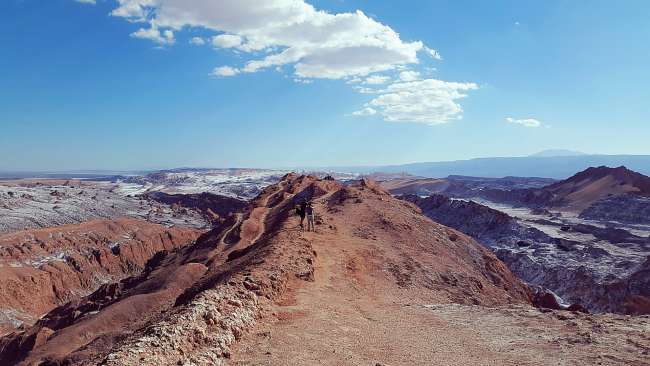
यात्रा रिपोर्टहरू चिली
